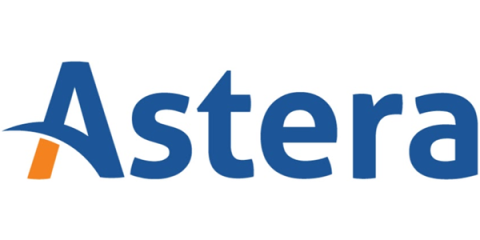Streamlining Data Migration In Mergers and Acquisitions
When Facebook acquired WhatsApp in 2014, they had to integrate an enormous amount of data—450 million monthly active users generating billions of messages, photos, and videos daily—into Facebook’s systems. This data migration required precise planning and execution to ensure a smooth transition and prevent data loss while maintaining the accuracy and integrity of the information.








